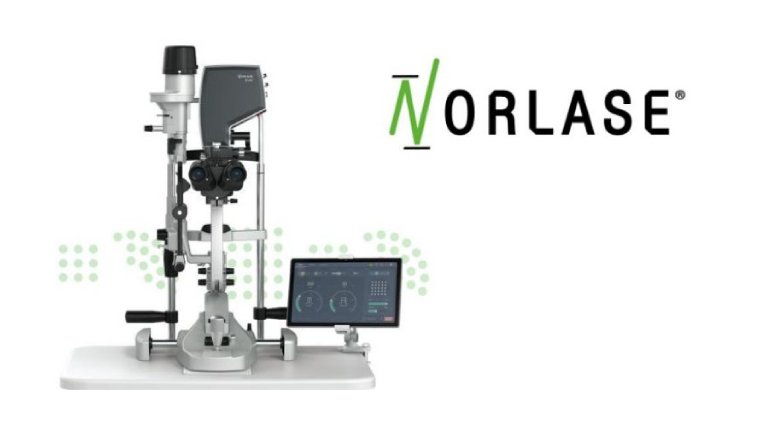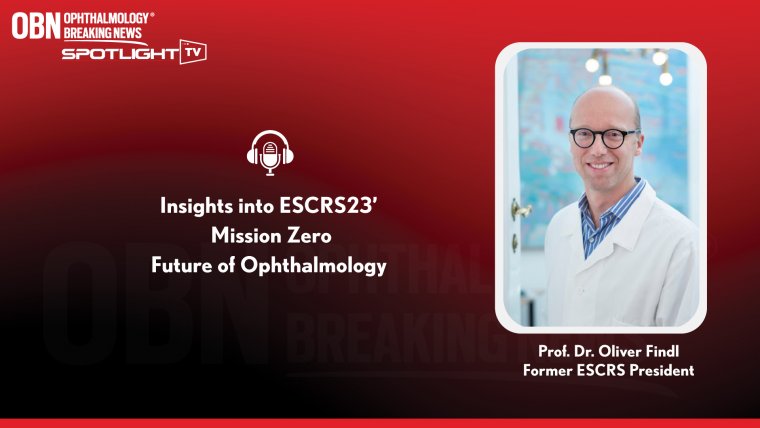
World's First Quantum Optics Device Aims to Prevent Vision Loss from AMD
Scientists at the Centre for Eye and Vision Research (CEVR) are harnessing the power of quantum technology to combat age-related macular degeneration (AMD), a leading cause of blindness worldwide. This cutting-edge initiative aims to revolutionize early detection and preventive treatment of AMD, potentially saving millions from irreversible vision loss.
During a recent visit to the Hong Kong Laureate Forum, young scientists from around the globe were introduced to a novel ophthalmic diagnostic device designed by CEVR researchers. The device, known as Structured Light Observation, Perception, and Evaluation (SLOPE), employs quantum optics, marking a significant leap forward in vision sciences.
The device is the first of its kind to use quantum optics in vision science, aiming to address the gap in early AMD diagnosis and screening.
AMD affects over 200 million people globally, leading to changes in the macula and subsequent issues with central, detailed vision. Dr. Mukhit Kulmaganbetov, a postdoctoral fellow at CEVR, emphasized the potential impact of the technology, stating, "Successful commercialization of our research will have a significant impact on improving vision-related healthcare."
“Eye health is often overlooked with people often only visiting an eye-care specialist after they develop visual symptoms or vision loss. In early stage of macular degeneration, patients may be asymptomatic; AMD is often only diagnosed after partial or full loss of vision has occurred. While current treatments can slow the progression of AMD, they cannot restore vision loss experienced in the later symptomatic stage of the disease. Delivering a device that can be used as part of a routine check-up will enable people to seek medical advice before any deterioration in their sight,” he added.
CEVR has collaborated with the Institute for Quantum Computing at the University of Waterloo in Canada and The Hong Kong Polytechnic University to develop the prototype. The SLOPE device is anticipated to serve diverse markets, including business-to-consumer (B2C), business-to-business (B2B), and business-to-government (B2G). Its primary application is set for major city centers, where individuals over the age of 40 can undergo screenings, facilitating early preventive treatment and reducing the burden of age-related vision loss.
“In healthy eyes, ‘structured’ light can be seen in the form of visual effects caused by the interaction between polarised light and the retina,” he added. “The laser enables us to expand this phenomenon into a larger, more visible pattern. Our initial findings show people with healthy eyes have no difficulty in seeing this pattern, while eyes with AMD perceive them differently. The device will enable early preventive treatment of AMD before irreversible vision loss occurs and help reduce the burden of age-related vision loss.”
Mr. Taranjit Singh, the research assistant overseeing the technical build, expressed optimism, stating, "The device holds immense potential to make a difference in the lives of millions by offering a simple, yet effective, solution for early AMD detection and intervention."
Reference:
(1).jpg)










